Viewing Different Sections of a Solid
We have already seen that depending on our point of view/orientation, the shape of a 3-D object will accordingly, change. This can be done for any physical entity. A ball, a bicycle, even a building. For example: let's take the Flat Iron Building in New York City.




While it clearly is a bit inconvenient to view a very large physical entities from different angles, it is much for simpler for small scale objects.
When viewing an object, the different standard views we try to observe include:
Top View
Front View
Side View
Depending on the type of analysis we need to carry out, we can use different methods to understand and view the object at hand.
(1) One Way to View an Object is by Cutting or Slicing
Slicing game
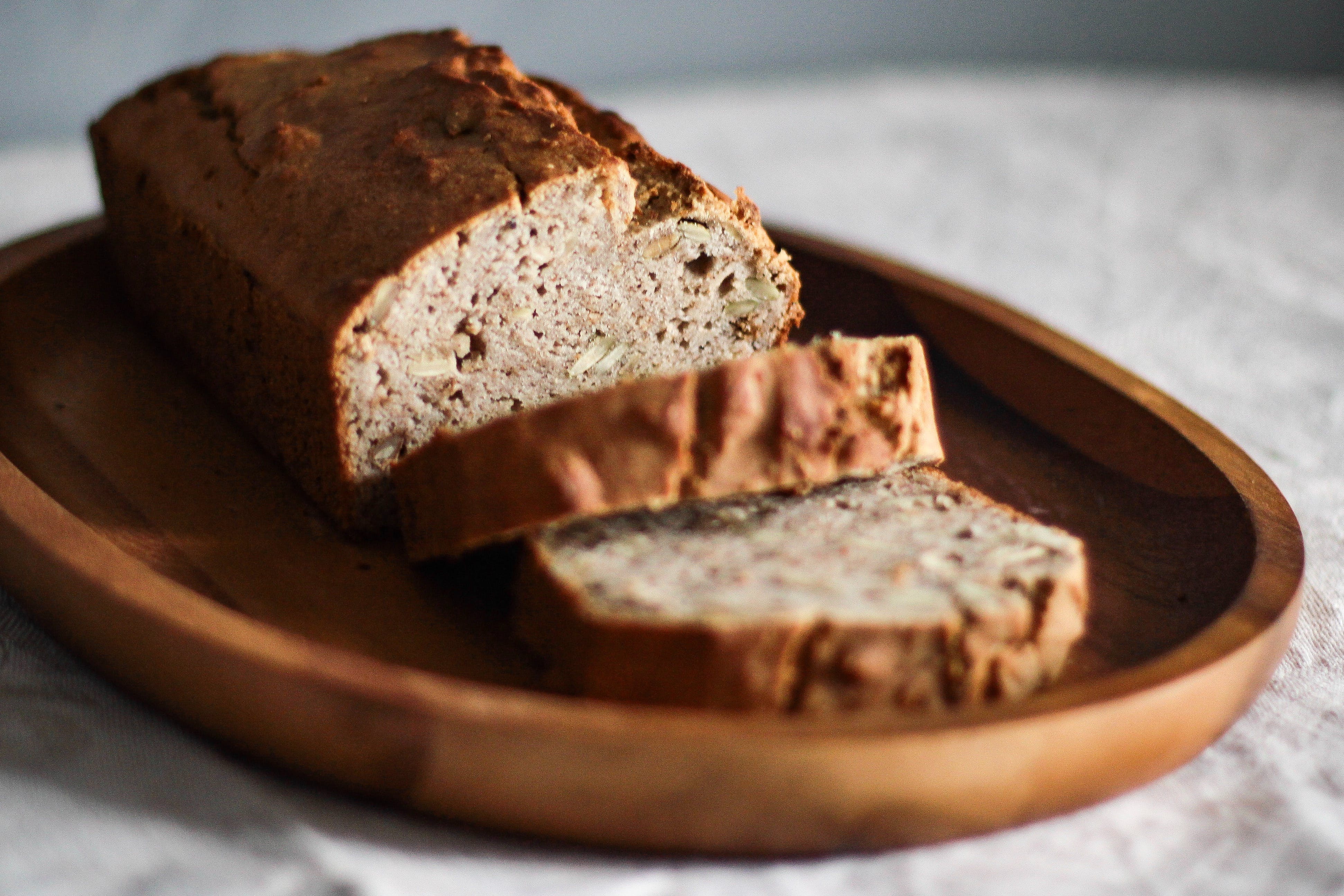
Above we have a loaf of bread which geometrically, is a cuboid with a square face. This cuboid can be cut ("sliced") with a knife into multiple pieces.
When we give a ‘vertical’ cut, we get multiple pieces (as shown).
Each face of the smaller pieces is a square. We call this face the
Note: If the orientation of the cut is not vertical, we may get a different cross section of the object. Also, the boundary of the cross-section we obtain is a
What cross-sections is obtained when a (i) vertical cut (ii) horizontal cut is given to the following solids?
(2) Another Way is by Shadow Play
A shadow play
Another easy way to understand 3-D objects in 2-D is using shadows.
All we require is a source of light and the object to be studied. (If an overhead projector is available, place the object under the lamp)

Shadow of Hand

Shadow of hand holding flower
Activity: With the help of a torchlight, view any object of your choice by placing the object in the path of the light beam. What type of shadow is cast on the wall/screen?
The object is three-dimensional; what is the dimension of the shadow?
When we carry out this activity we realize that for different positions/orientation of the source of light and the solid object, a variation of results are obtained.


Try this: Place a cup out in the open where there is sunlight. Observe the shadow that gets cast from time to time. How does it change? How does the shadow vary from morning to noon to evening?
Let's Solve
The following objects listed below are placed under the beam of a light bulb. What will be the shape of the shadows for each case:
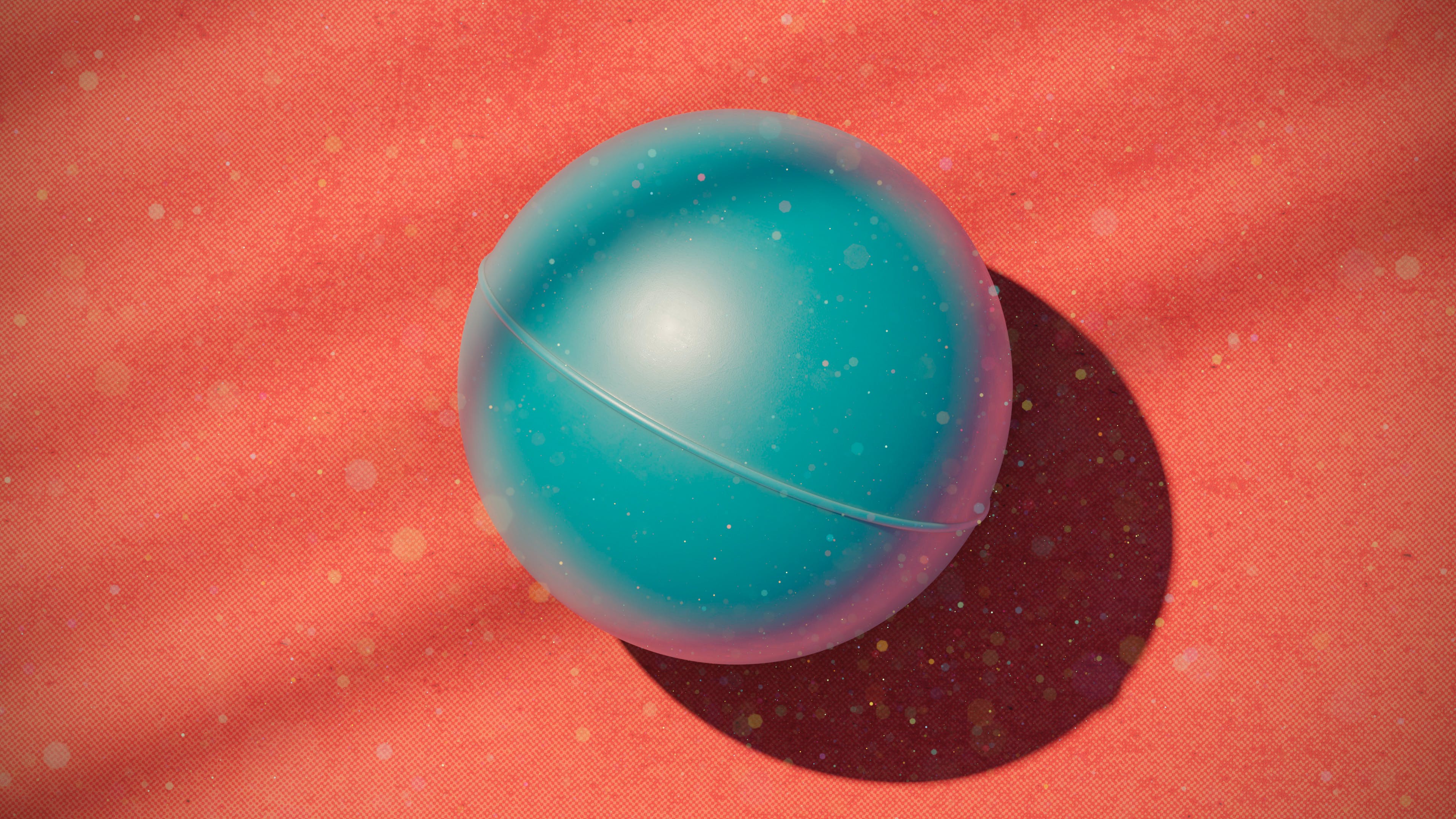
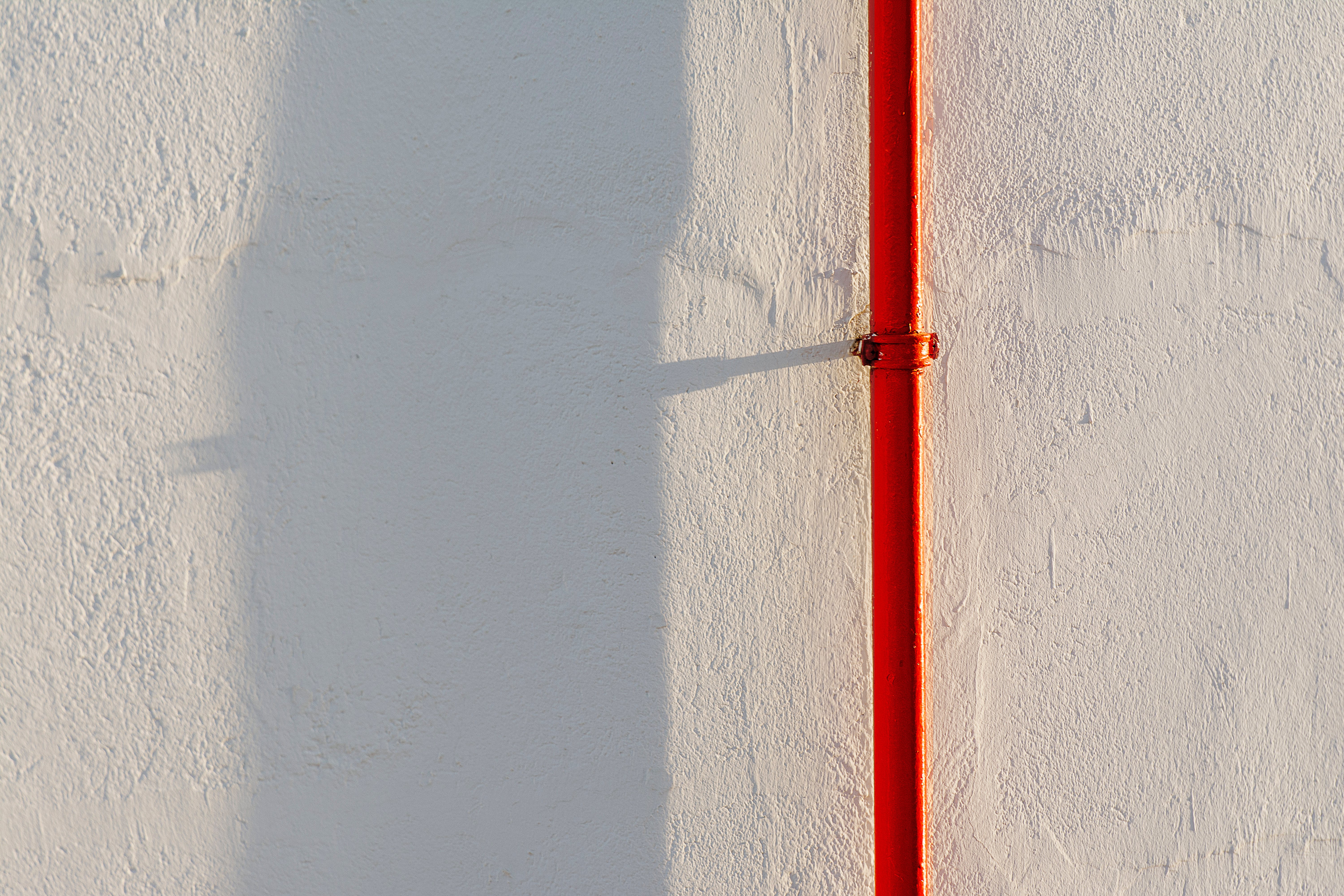
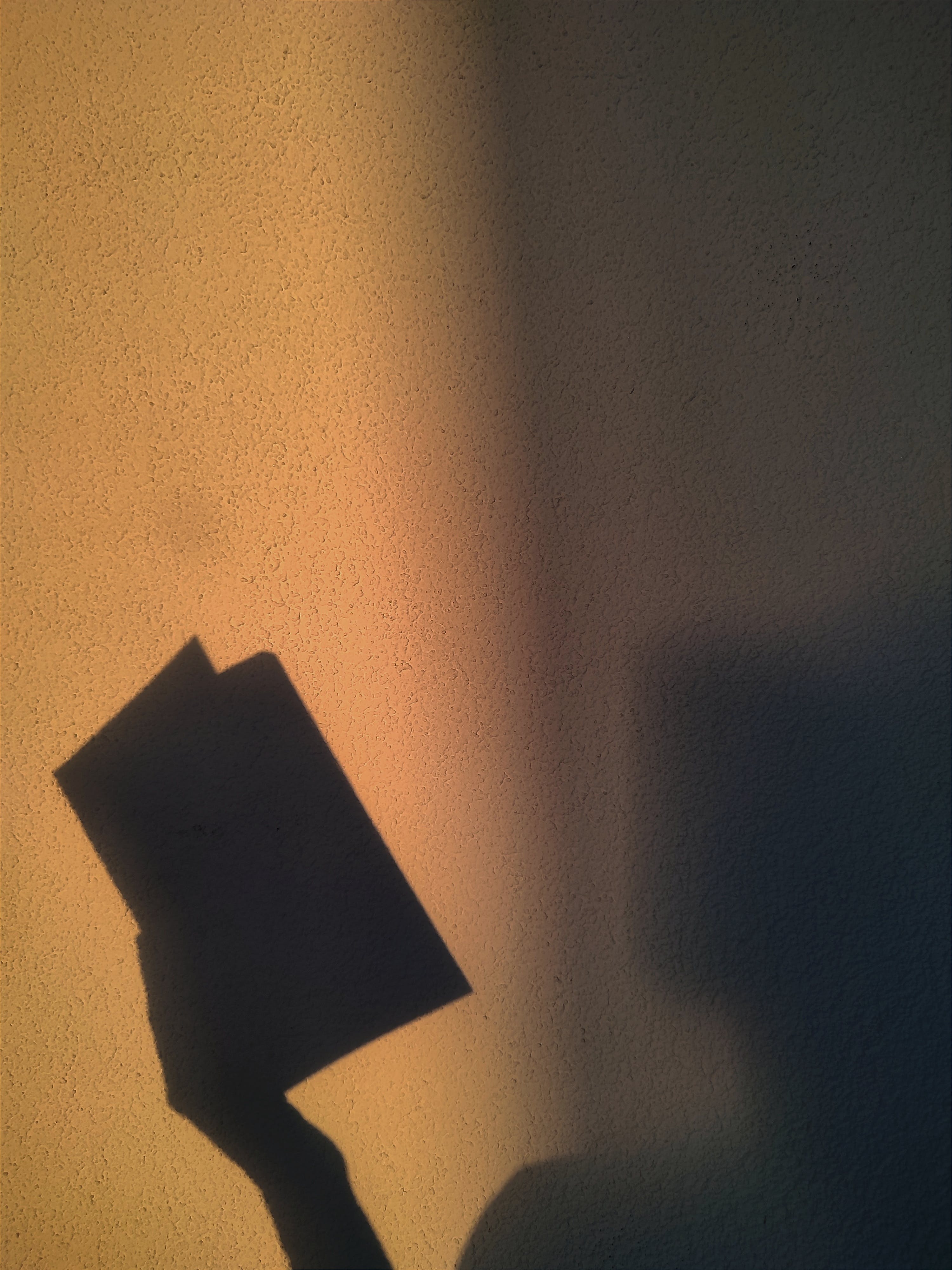
Are the following statements given - True (or) False:
(i) The cube can cast a shadow in the shape of a rectangle.
(ii) The cube can cast a shadow in the shape of a hexagon.
(3) A Third Way is by Looking at it from Certain Angles to Get Different Views
Any physical object existing in our world can be viewed from various directions and angles. As we have seen in the previous section that when we do so , the way we perceive the subject changes.
Here is another example of how an observer gets different views of a given object:
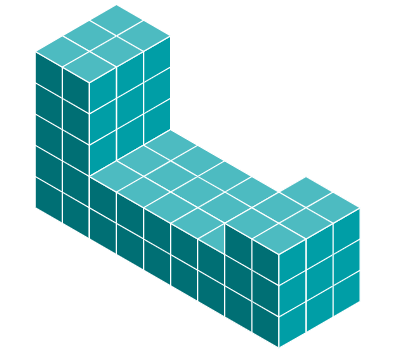
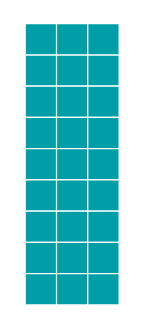
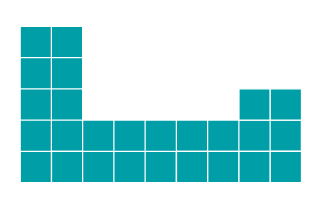

Let's Solve
For each of the given object - classify the respective views as indicated by the arrows as "Side View" / "Top View" / "Front View" :

(a)
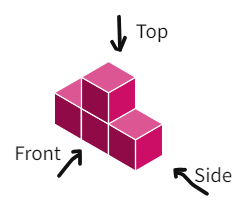
(b)

(c)
Select the number of squares visible for the arrow indicated view of each given solid:
